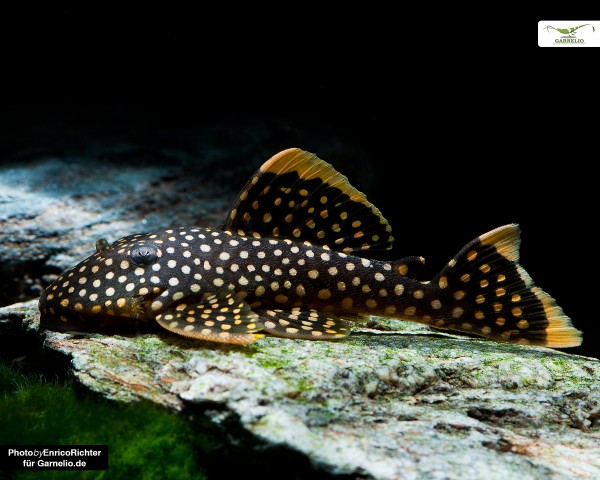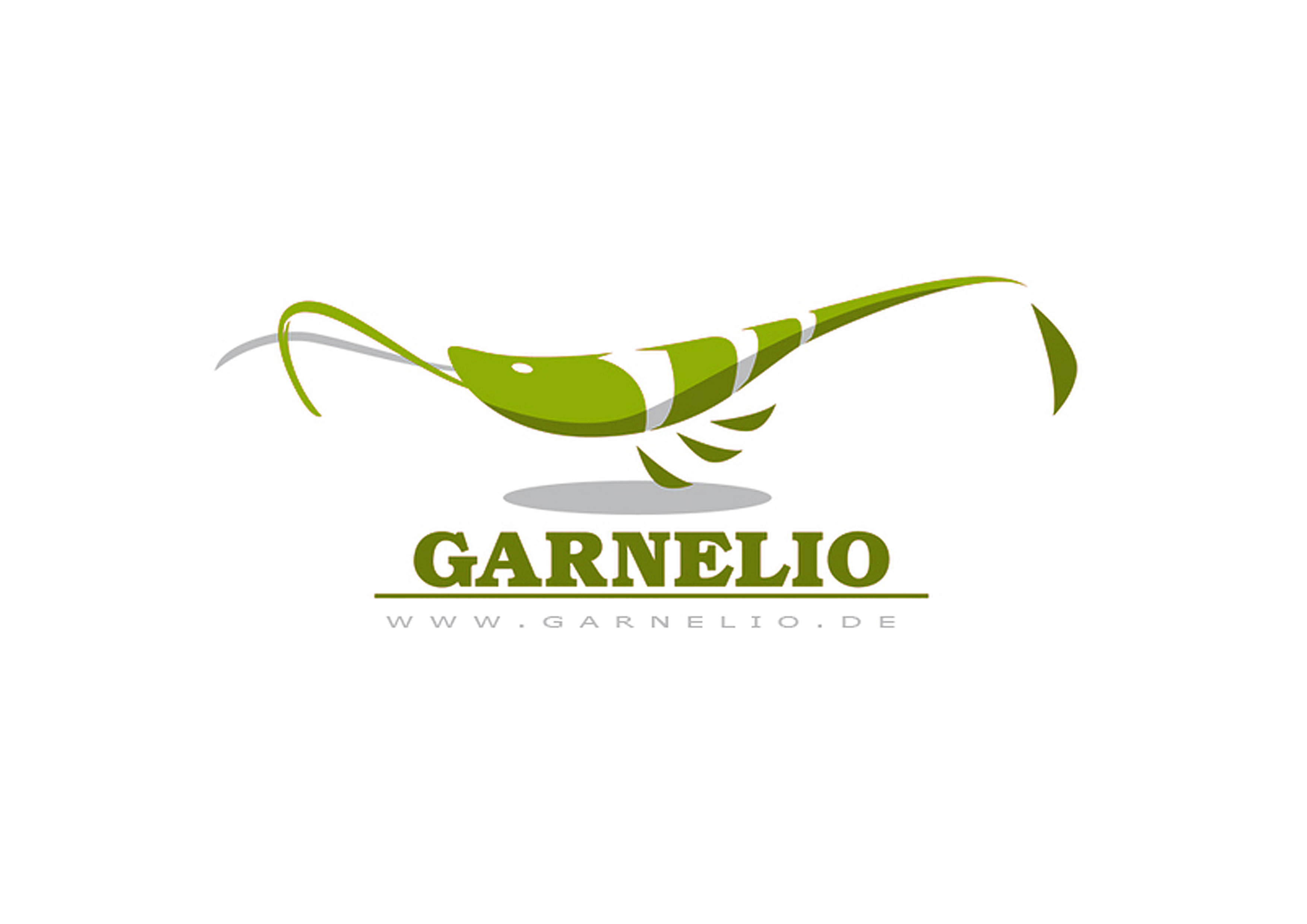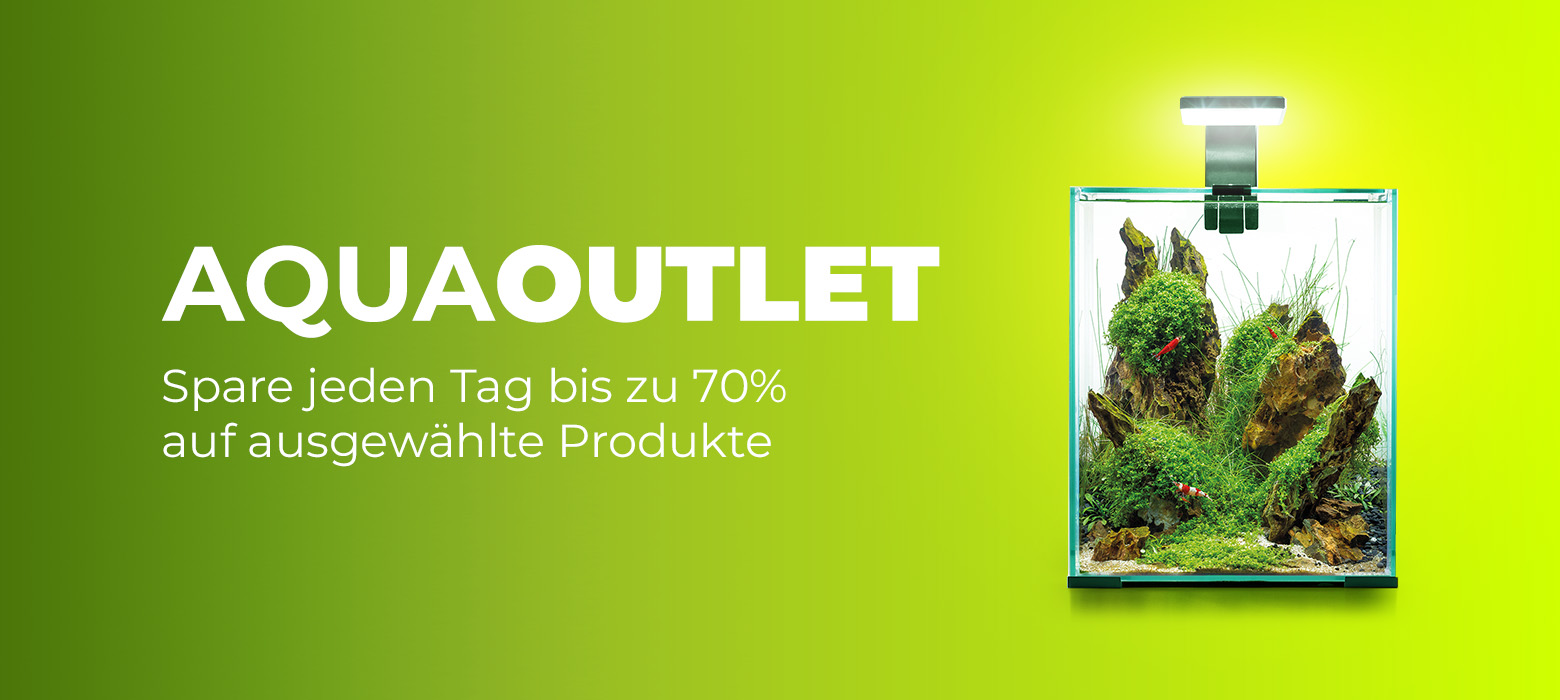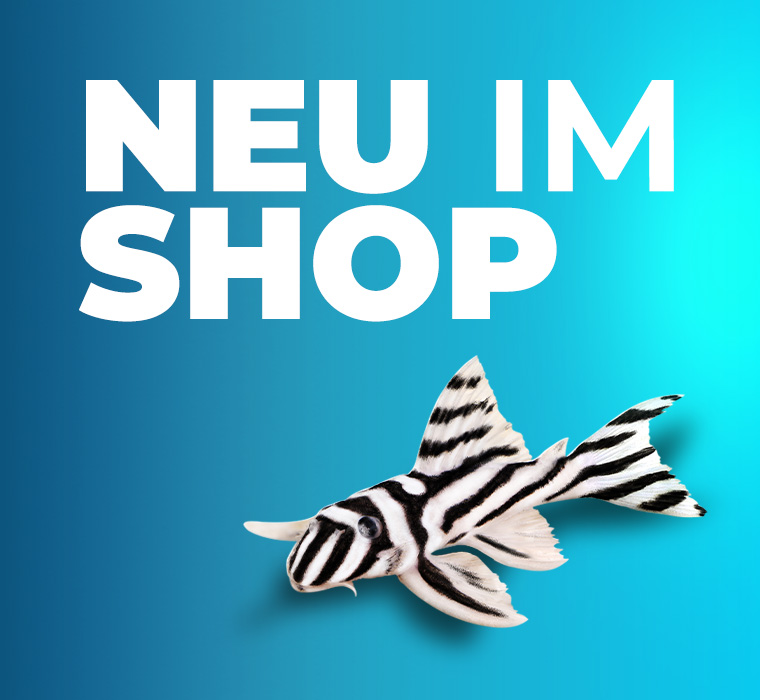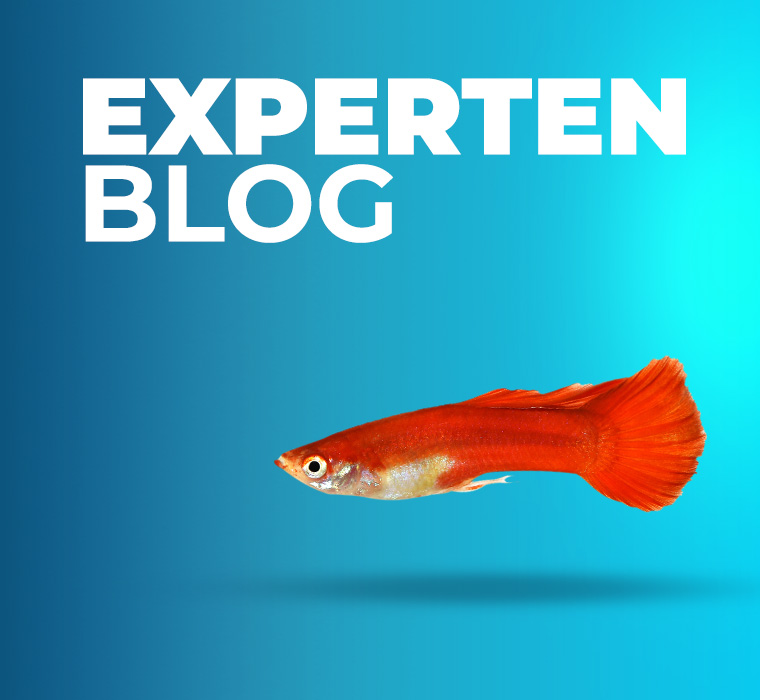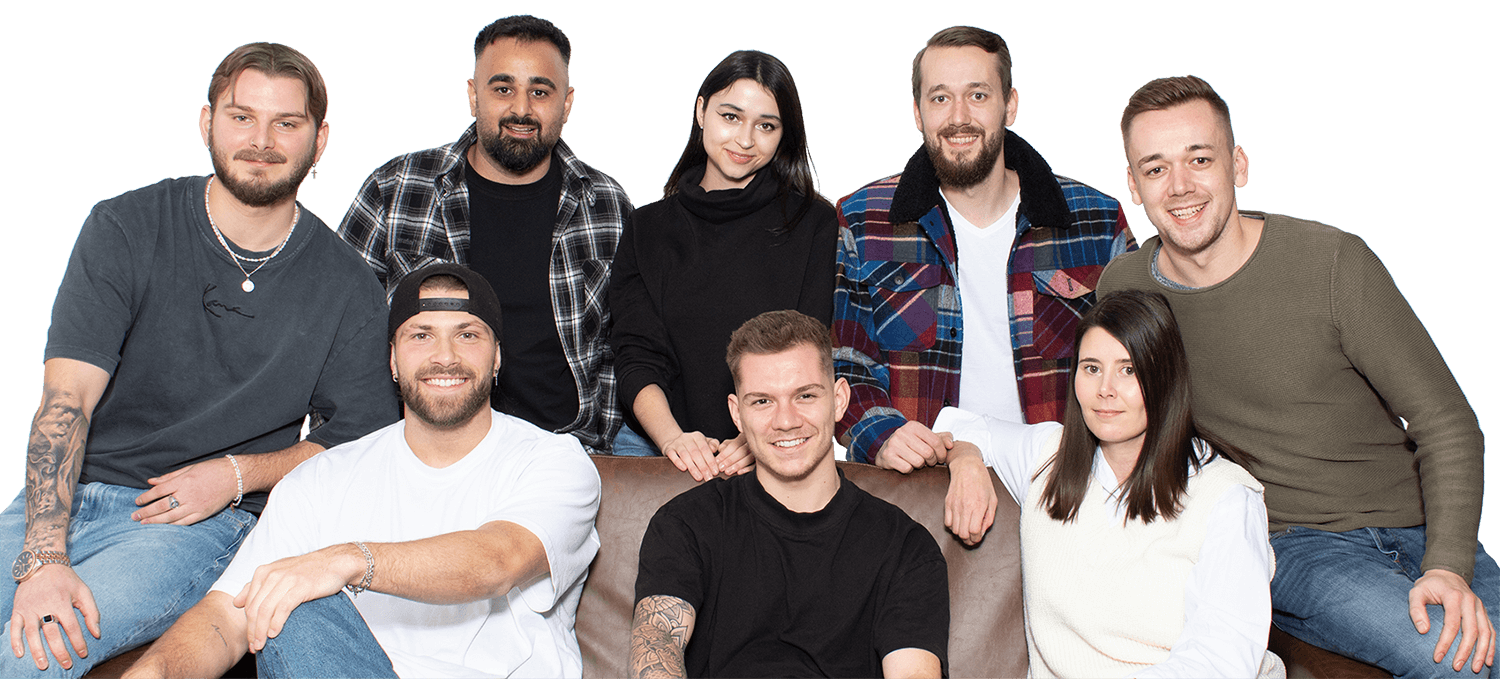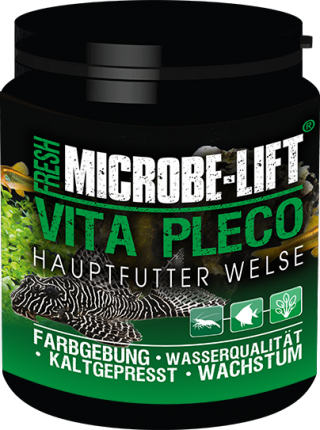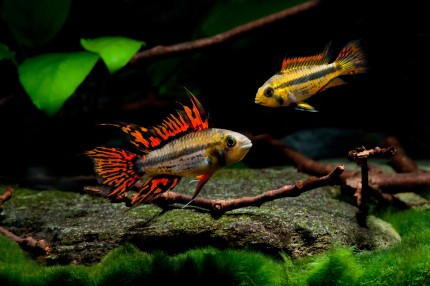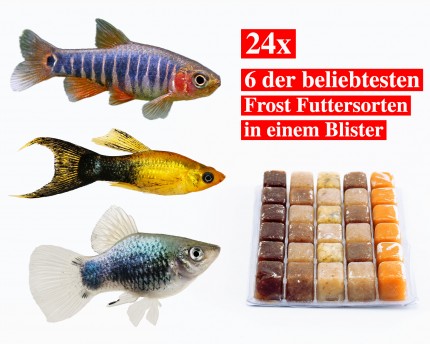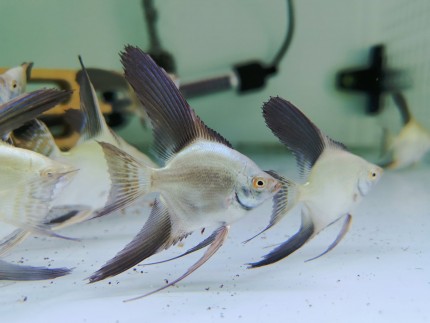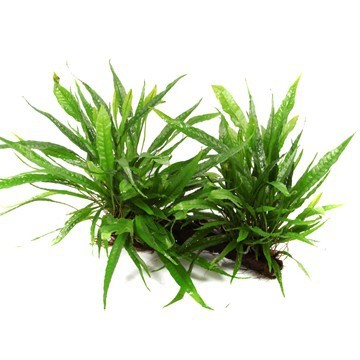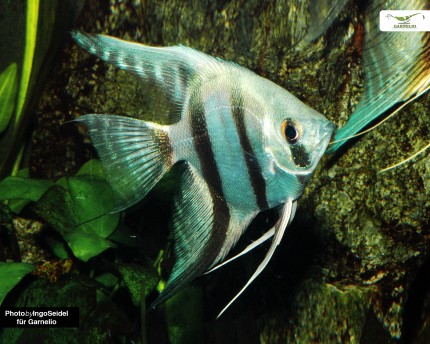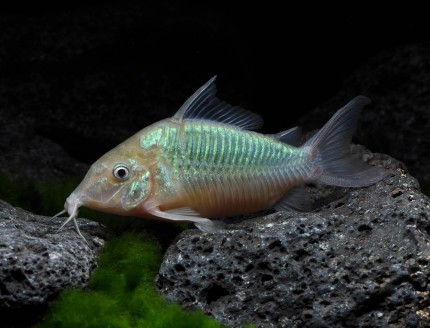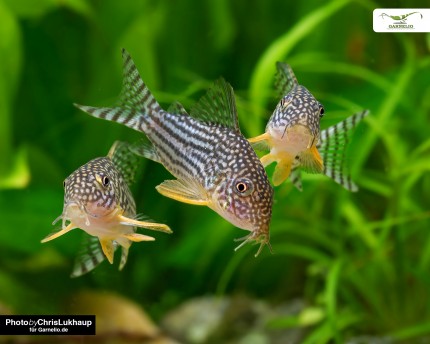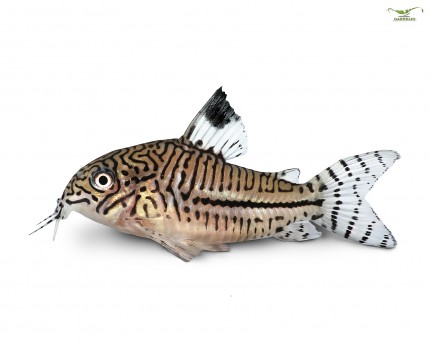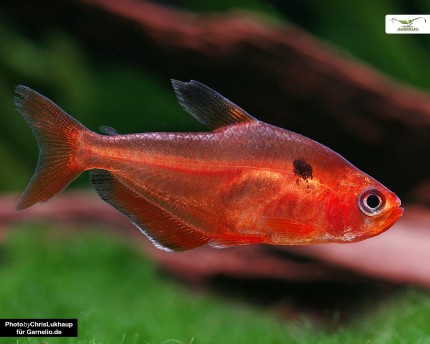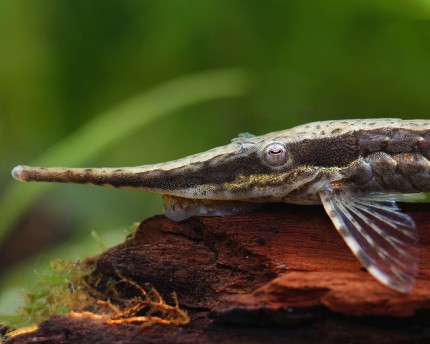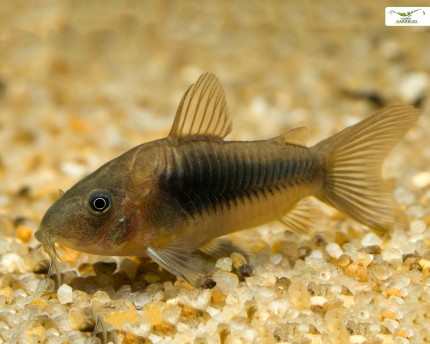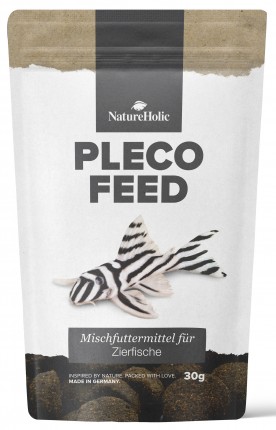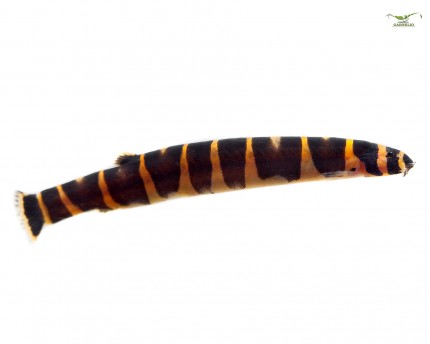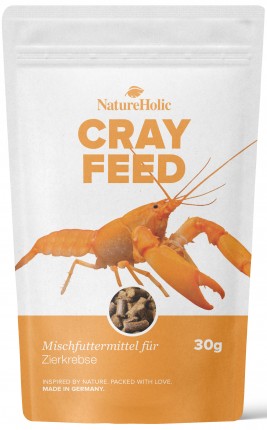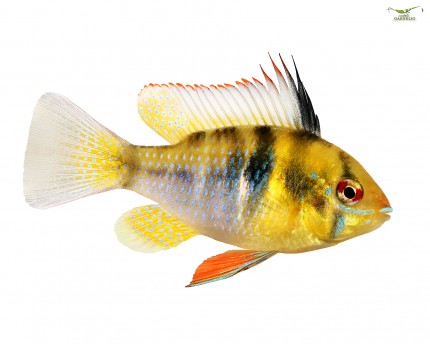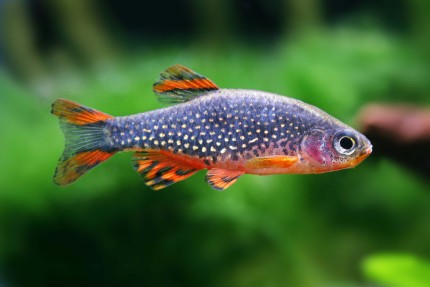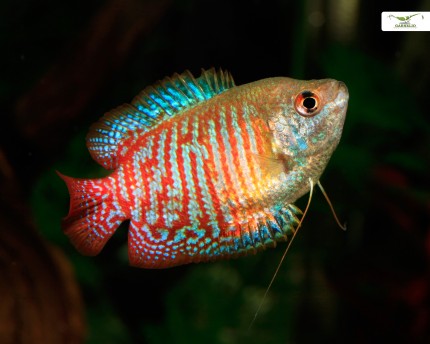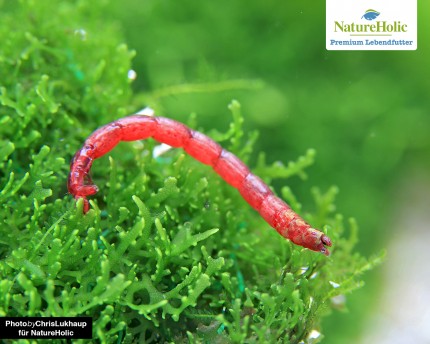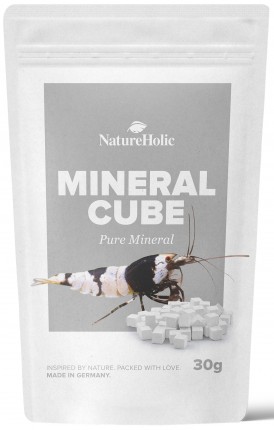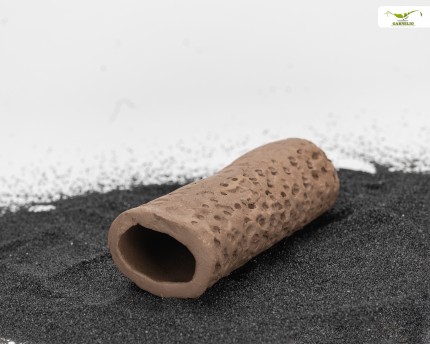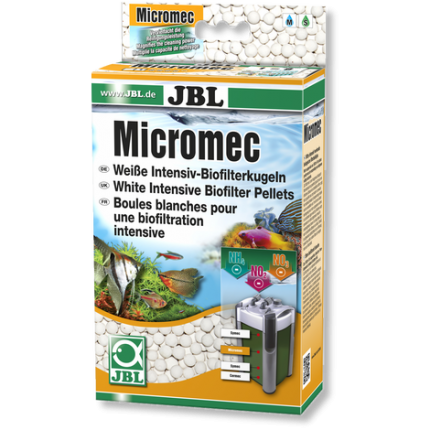incl. VAT plus shipping costs
Ready for shipment in 2 Day(s)
Delivery only innh. Germany and Austria possible.
Switch to the German store
-10% EXTRA-RABATT
auf Deinen gesamten Warenkorb!!
- Item no: 7839
Fast delivery times
All products are in stock with us!14 years of breeding experience
Let our team of experts advise you!High customer satisfaction
from over 3,000 reviews "| Origin: | South America |
| Water values: | Soft water |
| Temperature: | 18-28 °C |
| Visual effect: | interesting body shape |
| Feature: | Interesting coloring |
| Behavior: | Quiet |
| with fish?: | Yes, with peaceful fish |
| Aquarium size: | 400/450 l (approx. 150cm) |
| Planting possible?: | conditional* (see description) |
| Diet: | limnivorous - growth eater (algae) |
| with dwarf crabs?: | No |
| Final size: | > 12cm |
| Pelvic region: | Below |
| Fish group: | Catfish |
| with shrimps?: | with dwarf shrimps, offspring is not eaten |
| Difficulty: | 2 - Normal |
| with snails/shells?: | Yes |
| with large crabs?: | No |
| Breeding: | heavy |
| with crabs?: | No |
Native to the Brazilian Rio Xingu, the L 18, also known as the Orange Fringed Loricariid or Golden Nugget, enjoys great popularity and catfish enthusiasts. It belongs to the genus Baryancistrus among the loricariid catfishes and is therefore also called Baryancistrus xanthellus. The name "Bary" refers to their massive body structure and is translated as "heavy", "ancistrus" refers to their "whiskers" - the so-called odontodes, which are located on the gill covers. With its nicely marked fin fringes and conspicuous spots, it causes quite a stir in the aquarium. Its peacefulness and its possible final size of almost 20 centimeters make it a great bottom dweller in the community aquarium.
You receive our L018 in a size of approx. 6-8 cm.
L018 can be distinguished purely externally really only very difficult in the sex. Experienced catfish connoisseurs consult the genital papilla of the animals. From a size of about 15 cm, for example, the elongated pectoral fins of the males, but also the rounder body of the females can roughly indicate the sex. Breeding in the aquarium is possible, although a bit more demanding. At a permanent temperature of 28 °C, which was raised up to 33 °C for breeding preparation with simultaneous reduction of conductivity and increased current, the reproduction of these pretty catfish was already successful. The young catfish can be easily fed with commercially available catfish food and green food.
The care of these beautifully marked catfish is well possible in the aquarium from 150 cm edge length. In some places the males are considered territorial, which is why a good structuring in the form of bog pond roots and stones serves not only the marking of the territory, but also the visual contact and the retreat. Especially very well rooted plants such as vallisnerias or cryptocorynes, but also perching plants such as anubias and java ferns come into their own here. A fine sand or gravel is very suitable as substrate. Baryancistrus xanthellus prefer above all a warmer temperature around 28 °C and a rather acidic water environment with pH values between 5.5-7 and a total hardness (GH) between 0-10. A sufficient current serves their well-being.
Orange fringed catfish are only occasionally territorial within the species but are otherwise peaceful. They can therefore mix well with other peaceful fish with similar water requirements, such as also Red Neon tetra, Angelfish or Danios can be socialized. Also the socialization with dwarf shrimps is possible. Dwarf crayfish and larger crayfish, on the other hand, are less suitable, as they inhabit the same water zone, which could lead to clashes to the detriment of the great catfish.
The L 018, which is quite specialized on plant food, not only rasps off as an aufwuchsfresser coatings and the microfauna contained in it, he can be fed in the aquarium also with vegetables and commercial catfish chips or food tablets. At the beginning it is a little bit meek, so that it can be offered several kinds at the same time, but also it can be persuaded quite soon to feed. Vegetable food, like for example our well to be dosed Zucchini chips or Hokkaido chips may be offered to him regularly, also he needs permanently soft Wood and Leaves to scrape off. Occasionally his menu may with frozen food, as for example black mosquito larvae, Daphnia or cyclops may be added to his menu.
Our food recommendation: The NatureHolic Catfish Feed is a professionally prepared complete food especially for all sucking catfish. The food tabs contain important dietary fibers such as chitin and plant fibers, which are essential for the survival of catfish for a well-functioning digestion. With strong proteins from insect larvae as well as carbohydrate-rich vegetables NatureHolic Catfish Feed provides all sucking catfish optimally with all important building materials for a fast and healthy growth. The extra hard chips can be scraped off by the catfish close to nature - here they really have to do something for their food! An occupation like in nature.
Our plant recommendation: Use for planting NatureHolic InVitros. These are free of snails, planaria and other unwanted co-inhabitants. Also free of algae spores, bacteria and fungi.
Expert Tip: We recommend for fish keeping the NatureHolic 3 Phase Liquid. The care set offers the best all-round protection for your animals. It ensures optimal conditions for successful breeding and keeping.
| Scientific name: | Baryancistrus xanthellus |
| German Name: | Orange fringed lesser catfish, L18, L 018, Golden Nugget, L85, L177, LDA60 |
| Difficulty level: | advanced |
| Origin/Distribution: | South America |
| Coloration: | Dark body with orange spots and orange fin fringes that fuse together in the Aller |
| Age expectancy | approx. 15 years |
| Water parameters: | GH 0 to 10, KH 0 to 5, pH 5.5 to 7 Temperature 28 to 32 °C |
| Tank size: | from 150 cm |
| Food | Growth eater, prefers plant food, requires foliage and soft wood to scrape off, occasional frozen food |
| Breeding | medium |
| Behavior | peaceful, but territorial to conspecifics in places |
| Group size | 4-6 |
| Further information | Ten typical aquarium fish for beginners and alternatives to them, Tips for acclimating fish to the aquarium, Feeding aquarium fish properly - cheap food and what it can do |
- Item no: 7839
- EAN No.: 7427061496109
Entdecke die Garnelio Welt!
Garnelio gehört zu den größten Onlineshops für wirbellose Aquarientiere weltweit.
Viele Artikel gibt es exklusiv nur bei uns im Shop.

